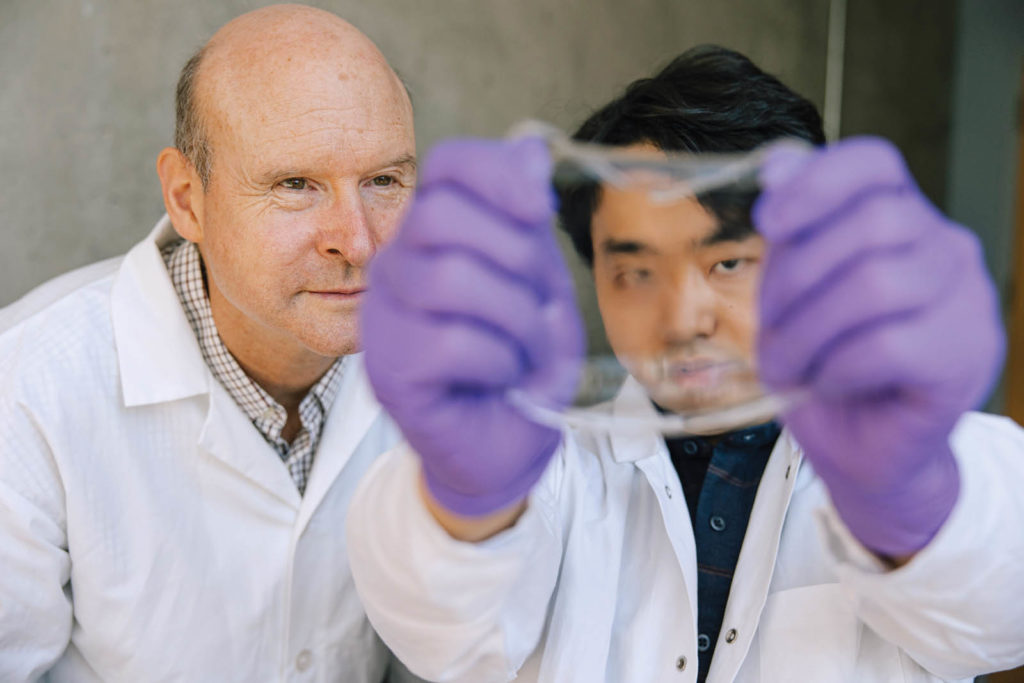
Researchers have worked to build a smart skin that can mimic the sensing capabilities of natural skin, but until now, this has been elusive. A team of scientists at the University of British Columbia (UBC) have had success with ionic skins made of flexible, biocompatible hydrogels that use ions to carry an electrical charge. These hydrogels have the softness of real skin, which offers a more natural feel to a prosthetic arm or robotic hand.
Hydrogel sensors can produce voltages and currents in reaction to stimuli, but scientists didn’t understand how, said the study’s lead author Yuta Dobashi. The researchers ultimately confirmed that the hydrogels work in a similar way to how humans detect pressure.
The market for smart skins is continuing to grow, according to Dobashi’s faculty advisor, Dr. John Madden. “Smart skins can be integrated into clothing or placed directly on the skin, and ionic skins are one of the technologies that can further that growth,” Madden says.
 TEXTILES.ORG
TEXTILES.ORG


